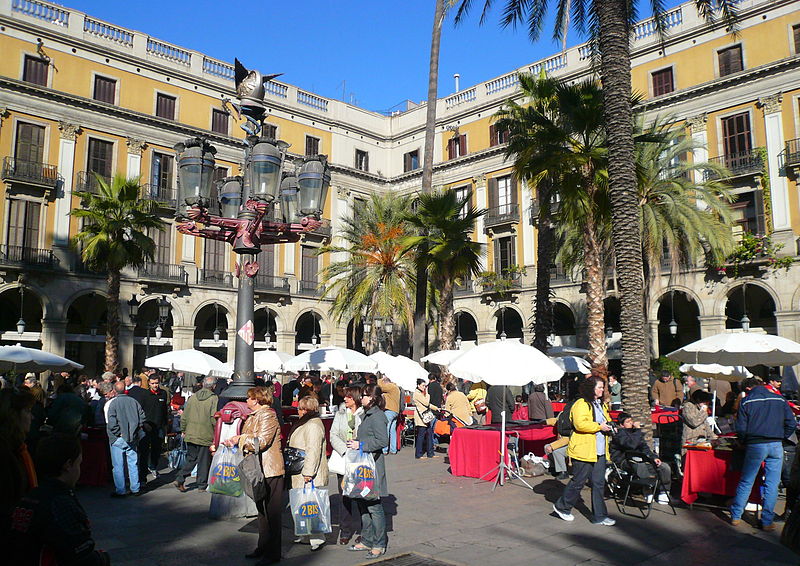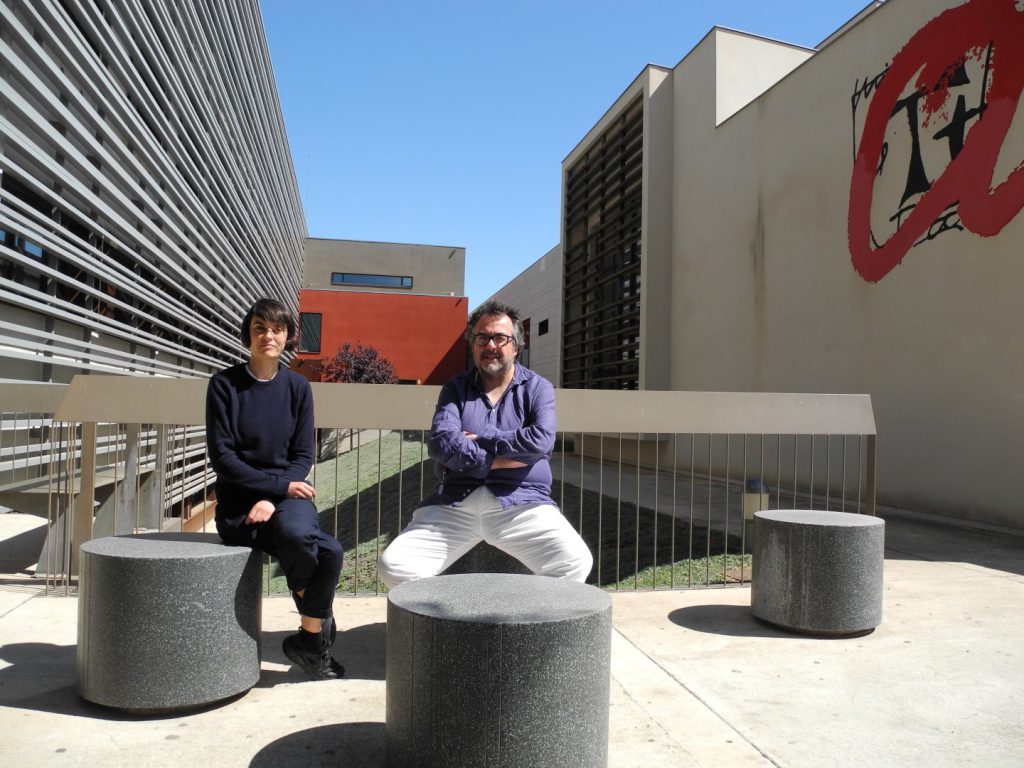04/06/2019
The high numbers of cruise passengers in public spaces in Barcelona “expels” residents and other tourists
A URV study analyses this type of tourism mobility and the business that the arrival of a cruise liner brings to the public spaces of the city

A URV study analyses this type of tourism mobility and the business that the arrival of a cruise liner brings to the public spaces of the city
The popularity of cruises is increasing and in 2018 the number of visitors arriving in Barcelona by cruise liner exceeded 3 million for the first time. The impact of this form of tourism has been analysed from different angles and now a study by the Universitat Rovira i Virgili has looked at how the arrival of groups of cruise tourists affects the use of spaces both quantitatively and qualitatively and the impact they have on residents and other tourists. That is, they have determined how spaces are filled, saturated or changed according to flows of people and how this changes relations with other people.
The researcher Antonio Paolo Russo and the doctoral student Fiammetta Brandajs, from the Territorial Analysis and Tourism Studies research group (GRATET) at the URV’s Department of Geography, have analysed two places in Barcelona over the course of an entire month, namely the Plaça Reial and the Plaça dels Àngels. The first is part of the cruise’s tourist itinerary and the other one is not, although each time a cruise liner visits the city the numbers of people increase. The analysis was carried out during March 2017 before and after Easter Week. Thus, for four weeks the researchers were able to compare days when cruise liners arrived and days when they did not.

They used cameras installed in the two squares and processed the images by computer. The quantitative research used data collected from the cameras and questionnaires in order to profile the people who occupy the squares. The qualitative research involved observing relations between the different groups; that is, individual tourists, people who work locally and tourists arriving by cruise liner. They analysed which group is the first to provoke the others in this negotiation for public space.
In their study, the researchers reached the conclusion that big groups of cruise tourists influence both the behaviour and perceptions of the others groups, who feel that when a space has too many people in it is no longer their space because it has been appropriated by the cruise tourists who push the others out, not only physically but also in terms of the sense of identity, belonging, etc. “The perception is that cruise tourism is highly invasive” stated Dr Paolo Russo.
Concentrated visits
Cruise visits are concentrated in a specific timeframe and March “is the harmful” month, the explained the researchers. This behaviour influences how these squares are used by other smaller groups of tourists. Normally, cruise tourists occupy the squares from 11.00 in the morning to 4.00 or 5.00 in the afternoon. Each cruise liner functions independently and they use the city in a highly defined manner: the tourists disembark at the Port, they go up the Rambla and they visit the same attractions, hence the tendency for them to concentrate in the same areas.
When large groups visit the Plaça Reial, the other “occupants” disappear. In contrast, this does not happen in the Plaça dels Àngels, even when numbers are high. The researchers believe that in terms of urban policies and the management of tourism, the redistribution of cruise tourism is important. They propose appointing a specific manager to draw up a proactive policy to achieve this redistribution.
This research forms part of the Politur project, a project funded by the Spanish Ministry for Economics and Competitiveness, which is responsible for territorial policies to manage tourism destinations. Paolo Russo is the principal researcher.
Fiammetta Brandajs & Antonio Paolo Russo (2019) Whose is that square? Cruise tourists’ mobilities and negotiation for public space in Barcelona, Applied Mobilities, DOI: 10.1080/23800127.2019.1576257
More news about: GRATET
